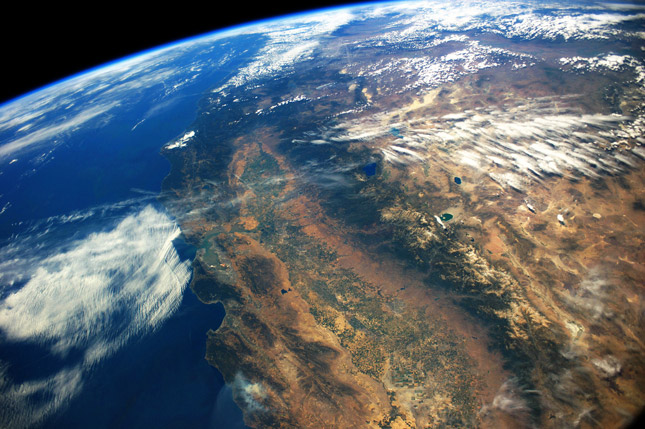Second of two parts
Re “California, a Model, Makes Smart Drought Recovery”
Spurred by the drought and climate science that gets better every day, agencies across the state are implementing new techniques and technologies in an effort to diversify supply portfolios so as not to be overly dependent on any one source where possible.
The focus now is on resilience and sustainability, and we are looking to other countries, such as Israel and Australia, that have faced similar challenges for lessons learned.
One area where local agencies such as the West Basin Municipal Water District, where I have served on the board of directors since 2014, have made great strides is water reuse – recycling treated wastewater for irrigation, industrial use, and groundwater recharge.
The drought of the late 1980s and early 1990s led to the development of West Basin’s world-renowned Edward C. Little Water Recycling Facility in Los Angeles County.
It recycles 35 million gallons of water per day and distributes it through a network of nearly 110 miles of distinctive purple pipes.
Where West Basin is unique is that it produces five types of “designer” recycled water that are specific to the needs of its customers.
These include golf courses, local municipalities, and office and shopping centers that require irrigation water; oil and gas refineries, which use water to run boilers and convey heat to cooling towers; and residents, whose drinking water we help to protect by recharging aquifers to prevent saltwater intrusion along the coast.
Recycled Water Helped
The use of recycled water during the 2012-2017 drought helped insulate West Basin from mandated conservation cuts by the state.
It allowed our recycled water customers to continue normal operations in the midst of severe drought.
Today, we continue testing new recycled water technology that will benefit the entire water industry and are in the process of expanding the plant’s capacity to produce additional recycled water, further improving drought resilience and lowering dependence on imported potable water.
In Your Backyard
California policymakers, businesses, and residents have learned much about water security over the last five years. Indeed, with the announcement that the Trump administration is withdrawing the United States from the Paris climate accords, sub-national-level actions like those undertaken by California are all the more important.
Sub-national leadership is all the more important now
Cape Town, South Africa’s second largest city with a population of nearly 4 million people and a mainstay of the nation’s tourism industry, is experiencing its worst drought in more than a century.
Climate change and Cape Town’s rapid population growth have contributed to the crisis.
But the city’s nearly sole reliance on surface water dams for its water supply also contributes to its vulnerability.
Similarly, São Paulo just emerged from a two-year drought thanks to El Niño rains.
Until recently, though, it faced unprecedented water shortages that forced shutdowns and quotas. With a metropolitan population of nearly 20 million people, South America’s largest city depends on rivers and above-ground reservoirs to supply its drinking water and hydroelectricity for its energy.
With industry accounting for 30 percent of water use and experts predicting more droughts in the future, private sector representatives have joined activists in urging government planners to diversify the city’s water supplies.
The issues confronting California, Cape Town, São Paulo and many other communities around the world are not dissimilar.
They emphasize the need for a new way of looking at water.
As we encounter the effects of climate change and growing, more affluent populations, we must develop a more balanced approach to water supply solutions.
They must take into account regional natural assets, such as groundwater basins and seawater desalination, as well as supplemental systems including reservoirs, stormwater capture, and recycled water. Diversifying supplies means not only looking to build new facilities, but spurring consumers to think more comprehensively about how they use water. The costs of inadequate water supplies are steep for today’s highly condensed urban areas and are simply not an option.
And, perhaps, we should still pray for rain.
Mr. Houston, vice president of the board of directors of the West Basin Municipal Water District, may be contacted at info@scotthouston.org

